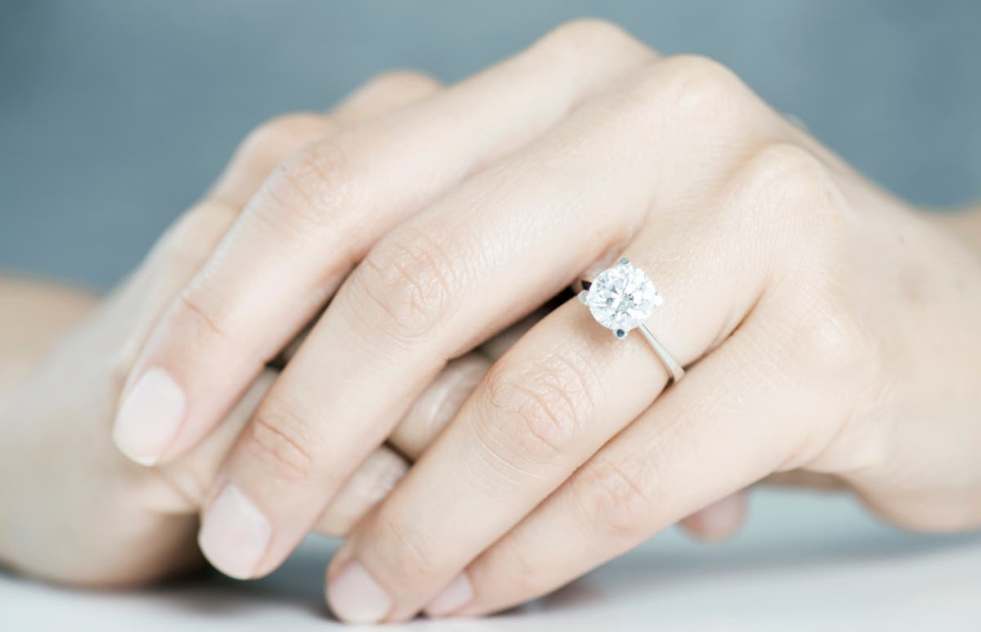First, let’s define what a lab-grown diamond is. A lab-grown diamond is a diamond that is created in a laboratory using advanced technology. The process of growing a diamond in a lab is called diamond synthesis, and it involves mimicking the natural process of diamond formation. The result is a diamond that is virtually identical to a natural diamond in terms of its physical and chemical properties.
If you’re in the market for an engagement ring, you may be wondering about the different options available to you. One option that you may not have considered is a lab-grown diamond. In this buying guide, we’ll take a closer look at lab diamond engagement rings and what you should know before making a purchase.
One of the biggest advantages of lab-grown diamonds is that they are more affordable than natural diamonds. Because they are created in a laboratory, lab-grown diamonds don’t have to be mined, which means that the cost of production is lower. This translates to lower prices for consumers. In fact, lab-grown diamonds can be up to 40% cheaper than natural diamonds of the same quality.
Another advantage of lab-grown diamonds is that they are more environmentally friendly than natural diamonds. Diamond mining can have a significant impact on the environment, including deforestation, soil erosion, and water pollution. Lab-grown diamonds, on the other hand, are created in a controlled environment with minimal impact on the environment.
When it comes to buying a lab-grown engagement ring, there are a few things to keep in mind. First, it’s important to find a reputable jeweler. Look for a jeweler that specializes in lab-grown diamonds and has a good reputation for selling high-quality, ethically-sourced diamonds.
Next, it’s important to understand the different types of lab-grown diamonds available. There are two main types of lab-grown diamonds: CVD (Chemical Vapor Deposition) and HPHT (High Pressure High Temperature). CVD diamonds are created by using a chemical vapor deposition process, while HPHT diamonds are created using high pressure and high temperature. Both types of diamonds are virtually identical, but CVD diamonds are generally considered to be of higher quality.
When choosing a lab-grown diamond, you’ll also need to consider the 4 C’s: carat, cut, clarity, and color. Carat refers to the weight of the diamond, cut refers to the diamond’s shape and symmetry, clarity refers to the diamond’s inclusions, and color refers to the diamond’s hue. Lab-grown diamonds are graded the same way as natural diamonds, so you’ll want to choose a diamond that has a high grade in all of these categories.
Finally, it’s important to understand the warranty and return policy of the jeweler you’re buying from. Make sure that you understand the terms of the warranty and return policy before making your purchase.
In conclusion, lab-grown engagement rings are a great option for those looking for a high-quality, ethically-sourced diamond at a more affordable price. When buying a lab-grown engagement ring, it’s important to find a reputable jeweler, understand the different types of lab-grown diamonds available, consider the 4 C’s, and understand the warranty and return policy. With this guide in mind, you’ll be well on your way to finding the perfect lab-grown engagement ring.
